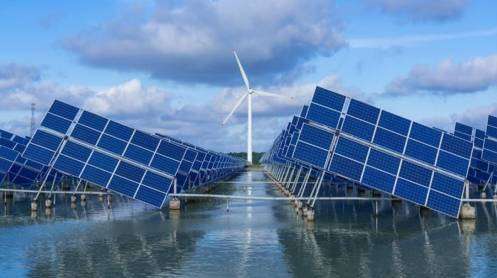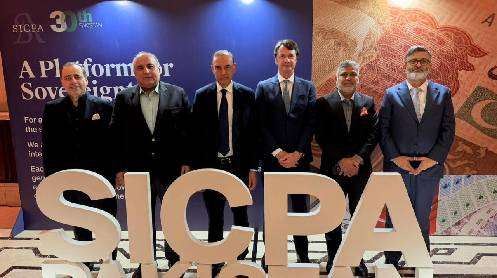Abu Dhabi, UAE / Brasília, Brazil, October 14, 2025 – Despite achieving record-breaking growth in renewable energy last year, the world remains off-track to meet the COP28 UAE Consensus goal of tripling renewable capacity by 2030, according to a new global progress report released by the International Renewable Energy Agency (IRENA), the COP30 Brazilian Presidency, and the Global Renewables Alliance (GRA).
The report, titled Delivering on the UAE Consensus: Tracking Progress Toward Tripling Renewable Energy Capacity and Doubling Energy Efficiency by 2030, was unveiled at a pre-COP30 high-level event in Brasília. It reveals that global renewable capacity additions reached a record 582 GW in 2024, yet achieving the 2030 target of 11.2 TW now requires adding 1,122 GW per year from 2025 onward — a 16.6% annual growth rate.
Energy efficiency progress also lags behind. Global energy intensity improved by just 1% in 2024, far short of the 4% annual gains needed to keep the 1.5°C climate target within reach.
The report urges governments to:
- Integrate stronger renewable targets into national climate plans (NDC 3.0) before COP30 in Belém.
- Double collective ambition to align with global renewable goals.
- Scale renewable investments to at least USD 1.4 trillion annually between 2025 and 2030 — more than double 2024’s USD 624 billion.
UN Secretary-General António Guterres emphasized the urgency of action:
“The clean energy revolution is unstoppable. But the window to keep the 1.5°C limit within reach is rapidly closing. We must step up, scale up, and speed up the just energy transition – for everyone, everywhere.”
Francesco La Camera, Director-General of IRENA, stated:
“Record growth alone won’t keep 1.5°C alive. Renewables are not just the best climate solution — they’re the greatest economic opportunity of our time. We must accelerate deployment, modernize grids, and strengthen supply chains to make COP30 a turning point.”
Ben Backwell, Chair of the Global Renewables Alliance, added:
“The private sector already drives three-quarters of global clean energy investment. Now we need governments to match ambition with action — building long-term plans, enabling grids and storage, and delivering real project pipelines.”
The report calls on G20 nations, which will account for over 80% of global renewable capacity by 2030, to lead through increased ambition and financing. It also stresses that G7 countries must boost their share to 20% of global capacity within the decade and fulfill the USD 300 billion annual floor of the New Collective Quantified Goal (NCQG) on climate finance — scaling up toward USD 1.3 trillion by 2030.
To sustain growth, the report highlights the urgent need for investment in grids, storage, and clean-tech manufacturing, particularly in solar, wind, batteries, and hydrogen. It estimates that USD 670 billion per year must be invested in power grids alone to integrate new renewable capacity and ensure long-term energy security.
In summary, while the global march toward clean energy is accelerating, bold policy, investment, and cooperation will be critical to meet the 2030 tripling goal — and keep the world on course for a livable climate future.







